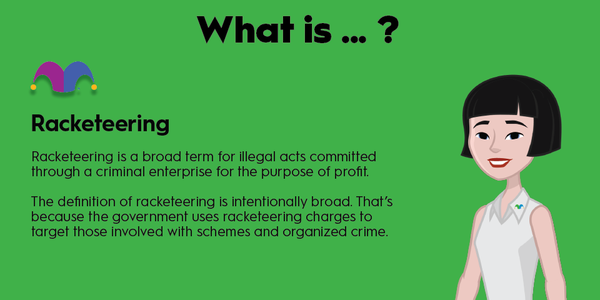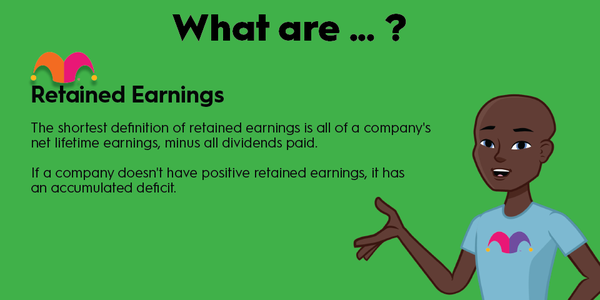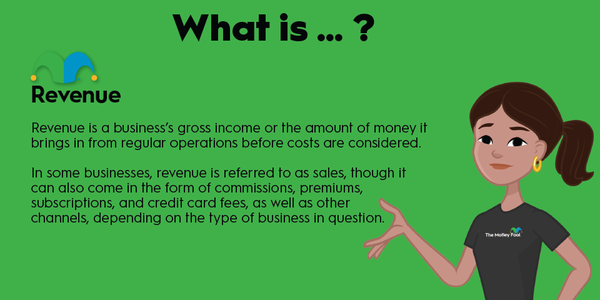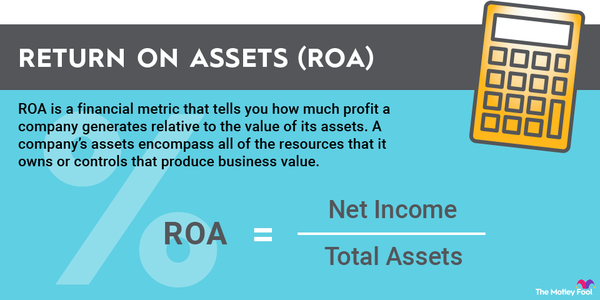Bonds come in all shapes and sizes. If you’ve ever considered purchasing municipal bonds, you might be familiar with the two main types: general obligation bonds and revenue bonds.
General obligation, or GO bonds, are serviced by the general revenue of the state or locality that issued them. Revenue bonds, on the other hand, are serviced by the income of a project the bonds were issued to finance.
In this piece, we’ll review revenue bonds -- what they are, how they work, and the pros and cons of investing in them.
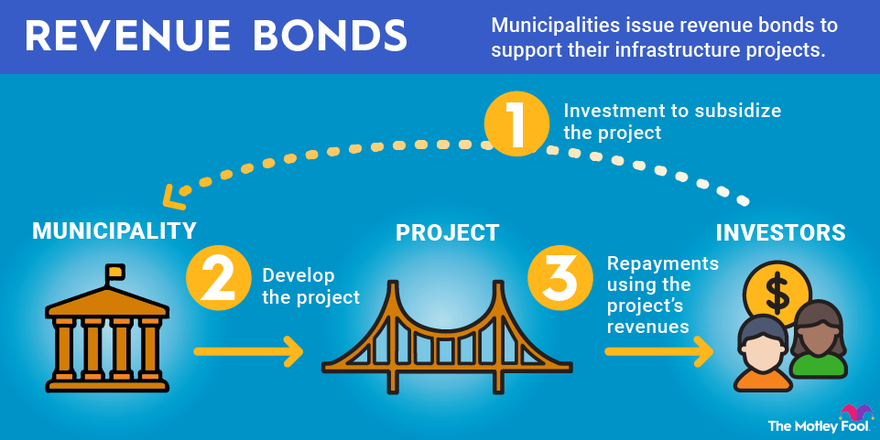
What is a revenue bond?
A revenue bond is a type of municipal bond. Revenue bonds are issued by a state or local entity to fund a specific project, such as a toll road, airport, bridge, or sewer facility.
Put another way, municipalities issue revenue bonds to support their infrastructure projects. Principal and interest are paid back to investors as a particular project generates revenue over time.
How do revenue bonds work?
State and local governments have a vested interest in initiating infrastructure projects that benefit the community. To finance the projects, municipalities will issue revenue bonds to investors.
Once funding has been secured, state and local governments can begin the project. As project-associated revenue comes in, investors receive principal and interest payments.
Revenue bonds typically have longer maturities (think 20 to 30 years) and offer higher returns than general obligation bonds. The probability of nonpayment is higher with revenue bonds given that a particular project may not work out for a variety of reasons.
Therefore, it’s more likely (although still generally remote) that a municipality might find itself defaulting on a revenue bond as opposed to one supported by general tax revenue.
Pros and cons of investing in revenue bonds
As with any investment, revenue bonds offer a number of advantages and disadvantages, which are summarized in the table below:
| Pros of Investing in Revenue Bonds | Cons of Investing in Revenue Bonds |
|---|---|
| Higher expected return relative to GO bonds. | Higher probability of default relative to GO bonds. |
| Predictable income with low volatility. | Rates are only minimally competitive in the long run. |
| Interest is federally tax-exempt. | Subject to inflationary pressure. |
| Interest is exempt from state tax for in-state investors. | State tax may apply to out-of-state investors. |
| Worthwhile to support local projects. | Higher real returns may be available in equities. |
Types of revenue bonds
Not all revenue bonds are created equal, especially because each revenue bond finances a wholly different type of project -- each with different revenue streams and risks to completion.
Some of the more common revenue bonds include:
- Airport revenue bond: A municipal bond used to finance the construction, expansion, or redevelopment of a local airport. Presumably, the airport will bring in enough revenue after recurring expenses and maintenance costs to repay initial investors.
- Public purpose bond: A municipal bond issued to finance a project that serves some public good, such as a road or government building.
- Toll revenue bond: A municipal bond that pays back principal and interest in proportion to toll revenue collected. Default is possible if the project fails to generate the toll revenue expected, although this is considered rare.
- Utility revenue bond: A municipal bond that provides capital for infrastructure related to public utilities, such as water, electricity, and waste management. Customer fees can help repay bondholders once a particular project is completed.
- Hospital revenue bond: A municipal bond issued to finance hospital-related construction or expansion. Fees from a specific hospital project are used to pay back bondholders over time.
- Mortgage revenue bond (housing bonds): A type of municipal bond issued to finance mortgages for low-income taxpayers or for qualifying first-time homebuyers. These are issued by housing finance agencies (HFAs) to help fund mortgages at below-market-rate interest.
- Industrial revenue bond: A municipal bond issued on behalf of a private company. Typically, an industrial revenue bond is used to finance the purchase of equipment used for industrial production. The private company is responsible for principal and interest payments to bondholders.
Related investing topics
The bottom line on revenue bonds
Revenue bonds are one of the two major types of municipal bonds, although all are not created equal. Each bond offering is used to finance different projects that may have entirely different profitability prospects. While the risk of nonpayment is low, remember that revenue bonds are supported by the outcome of a specific project -- not by a municipality’s general revenue.
Investing in revenue bonds can make sense for those seeking predictable income and also for those who have some tolerance for price fluctuations. Additionally, revenue bonds offer tax benefits that may be of strategic assistance to people in high tax brackets. If you’re a more aggressive investor, equities or alternative investments may be more appealing to you.
Finally, revenue bonds exist to support communal infrastructure, which may give local investors additional incentive to lend their money. Everyone wants to live in a world with functioning roads, hospitals, and bridges. Acting as a catalyst to make these projects happen can be satisfying.
Some people may also find it rewarding to see their investment at work in real time, which can make revenue bonds an interesting choice for those heavily invested in the success of their state or local community.


